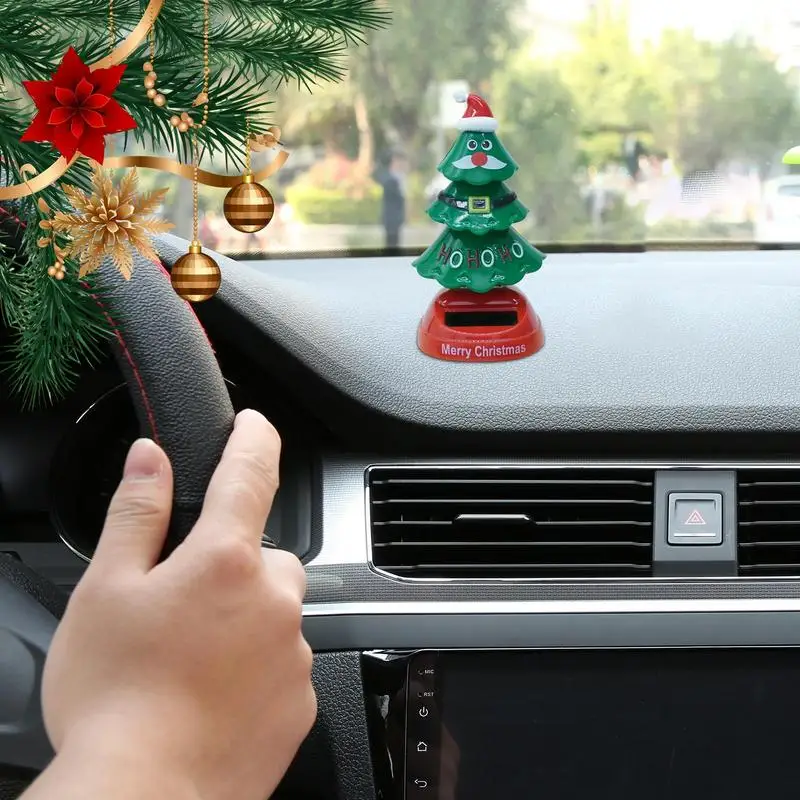The name Zastava might not hold the same global recognition as giants like Ford or Toyota. However, within the countries of former Yugoslavia and for car enthusiasts with an appreciation for history, Zastava represents a unique chapter in automotive manufacturing. Their story, intertwined with the region’s turbulent past, is one of resilience, adaptation, and a drive to create a domestic car industry.

From Military Might to Automotive Aspirations
Zastava’s roots trace back to 1851, far removed from the world of cars. It began as the Vojno-Tehnički Zavod, a Serbian state-owned cannon foundry in Kragujevac. Following World War II, Yugoslavia, a newly formed socialist state, embarked on a program of industrialization. This included a desire for domestic car production, not just for civilian use, but also to bolster the country’s military capabilities.
In 1953, Zastava entered the automotive arena through a partnership with Fiat, the renowned Italian carmaker. This collaboration proved pivotal. Fiat provided technology and expertise, while Zastava gained a foundation for car production. The first Zastava-produced car, the Zastava 1100, rolled off the assembly line in 1954. It was essentially a licensed version of the Fiat 600, a small, economical car that found success in both Europe and Yugoslavia.

A Family Car for a Socialist Nation
The Zastava 1100 marked the beginning of a long and fruitful relationship between Zastava and Fiat. Over the next few decades, Zastava produced numerous models based on Fiat designs, including the popular Zastava 750 (based on the Fiat 850) and the Zastava 101 (inspired by the Fiat 128). These cars became a familiar sight on Yugoslav roads, providing reliable and affordable transportation for families.
The Zastava brand wasn’t merely about replicating Fiats. Zastava engineers made modifications to suit local conditions. For instance, some models received strengthened suspensions to handle Yugoslavia’s rough roads. Additionally, Zastava developed its own engines for certain models, showcasing a growing level of domestic expertise.
Beyond Civilian Cars: The Military Connection
Zastava’s military heritage continued to influence car production. The company produced off-road vehicles like the Zastava M80 and the Filipović (named after a famous Serbian inventor), which served in the Yugoslav People’s Army. These rugged vehicles demonstrated Zastava’s ability to adapt its production capabilities to fulfill military needs.

The Winds of Change and the End of an Era
The breakup of Yugoslavia in the early 1990s significantly impacted Zastava. International sanctions crippled the company’s ability to import parts and technology. Production slowed, and the quality of cars suffered. Despite attempts to modernize and develop new models, Zastava struggled to compete with established carmakers in the post-socialist era.
In 2008, car production at Zastava finally ceased. The company continued to produce trucks for a few more years before ultimately filing for bankruptcy in 2017. While Zastava’s car manufacturing journey ended, their legacy lives on.
A Nostalgic Reminder and a Collector’s Dream
Today, Zastava cars hold a special place in the hearts of many people from the former Yugoslavia. They represent a bygone era, a time of domestic production and a sense of national pride. These cars are no longer commonplace on the roads, but they are actively sought after by car enthusiasts and collectors. Their simple design, robust construction, and unique history make them a fascinating addition to any classic car collection.

Key features and specifications
While Zastava’s story is undeniably captivating, for car enthusiasts, diving deeper into the technical aspects is equally interesting. Let’s explore some key features and specifications of popular Zastava models:
Zastava 1100 (1954-1962):
- Based on: Fiat 600
- Engine: Rear-mounted, air-cooled, 633 cc inline-four engine
- Transmission: 4-speed manual
- Horsepower: 21 hp
- Top Speed: Around 65 km/h (40 mph)
- Key Features: Economical, easy to maintain, suited for city driving
Zastava 750 (1965-1985):
- Based on: Fiat 850
- Engine: Rear-mounted, water-cooled, 843 cc inline-four engine (later versions offered larger engine displacements)
- Transmission: 4-speed manual
- Horsepower: 34 hp (later versions offered more power)
- Top Speed: Around 120 km/h (75 mph)
- Key Features: More powerful and spacious than the 1100, became a popular family car
Zastava 101 (1971-1999):
- Based on: Fiat 128
- Engine: Front-mounted, water-cooled, various engine options ranging from 1116 cc to 1493 cc inline-four engines
- Transmission: 4-speed or 5-speed manual
- Horsepower: Varied depending on engine (later versions offered more power)
- Top Speed: Up to 150 km/h (93 mph) for higher-performance models
- Key Features: Modern design for its time, offered a more comfortable ride compared to earlier models
Zastava M80 (1975-Present):
- Military Off-road Vehicle: Not a direct equivalent to a civilian car
- Engine: Diesel engines of varying capacities
- Transmission: 4-speed manual
- Key Features: Rugged construction, high ground clearance, capable of handling rough terrain
It’s important to remember that specifications might vary depending on the model year and production location.
Beyond the Numbers: A Focus on Practicality
Zastava cars were known for their emphasis on practicality. They were generally:
- Simple in design: This made them easy to maintain and repair, even with limited access to specialized tools.
- Durable: Built to withstand the demands of everyday use on sometimes challenging roads.
- Fuel-efficient: Economy was a major consideration, especially during the socialist era.
While not known for cutting-edge technology or luxurious features, Zastava cars offered reliable transportation that fit the needs and budgets of many Yugoslav families.
Customer reviews and feedback
Zastava cars hold a special place in the hearts of many, but what did everyday drivers experience behind the wheel? Here’s a glimpse into customer reviews and feedback, both positive and negative:
The Allure of Affordability and Simplicity:
- Praise for Value: A recurring theme in positive reviews is the affordability of Zastava cars. They were a realistic option for many families in Yugoslavia, offering a pathway to car ownership.
- Easy Maintenance: The simple design is often lauded by owners who appreciate the ability to perform basic repairs themselves without needing extensive mechanical expertise. This was particularly valuable in a time when access to specialized service centers might have been limited.
A Workhorse with Quirks:
- Durability Noted: Many reviewers highlight the durability of Zastava cars. Their robust construction allowed them to handle the wear and tear of everyday use, especially on roads that weren’t always smooth.
- Spartan Interiors: Compared to modern cars, Zastava interiors were known for being basic. Creature comforts were few, and some reviewers found the lack of features like air conditioning a drawback, particularly in warmer climates.
A Nostalgic Ride with Room for Improvement:
- Fond Memories: A significant portion of Zastava’s appeal stems from nostalgia. Many reviewers fondly remember learning to drive in a Zastava or the sense of freedom it provided for family road trips. These cars evoke a sense of connection to a bygone era.
- Performance Concerns: Some reviewers mention limitations in power and handling, especially compared to more modern cars. Zastava cars were not known for their speed or sporty performance.
The Final Word: A Car for its Time
It’s important to remember that Zastava cars were very much products of their time. They offered practical and affordable transportation in a specific historical context. While they might not compete with modern feature-laden vehicles, they hold a special place in the hearts of many who appreciate their simplicity, durability, and nostalgic charm.

A Look Forward: The Future of Zastava car
The Zastava factory in Kragujevac continues to operate, now under the ownership of Fiat Chrysler Automobiles. While no longer producing Zastava-branded cars, the factory plays a role in Fiat’ global production chain. This offers a glimmer of hope that the Zastava name might one day return, perhaps in a modernized form, to carry on the legacy of a brand that once symbolized automotive aspirations in a nation shaped by a dynamic history.





